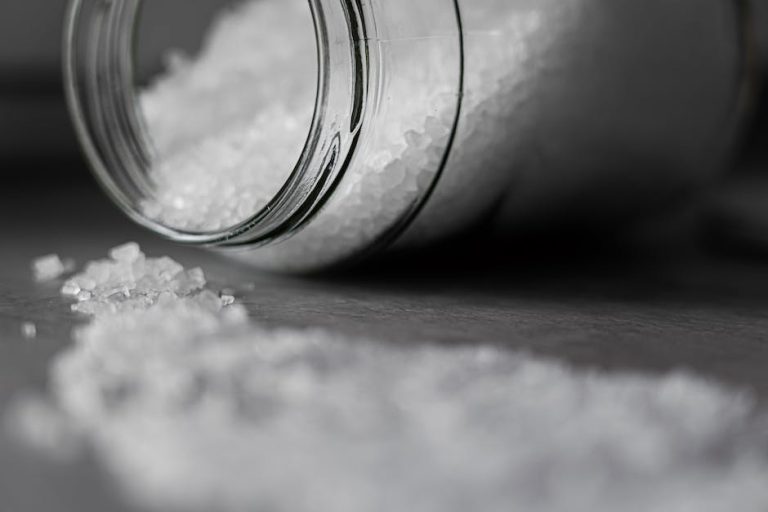In this article, we will be looking at how many quarts in a gallon you do not know! There are several ways to determine this information so that you can keep track of your fuel efficiently.
You already know what a quart is (64 fluid ounces), so let’s use that as our base number. A gallon is 3,742 liters which means one quart is 870 liters or 0.873 of a liter per 1/3 quart = 288 litres per gallon. The decimal representation of 0.873 is 2.88 so one quarter cup equals two and three quarters times 288 or about 72 ml more than a whole cup!
Now that we have our basis, here are some examples:
1 glass water = 4 tablespoons = 16 ml + 32 ml + 64 ml + etc.
2 glasses water = 2 cups = 256 ml + 512 ml + …
Three glasses water = 1 pint = 448 ml + 976 ml + 1940ml+etc.
Note: When calculating liquid amounts for these recipes, make sure to remember to multiply by the density of the liquid! For example, if your drink has 250 mg of caffeine per tablespoon then add 250 to get the weight in grams of Caffeine.
Conversions of volume to weight
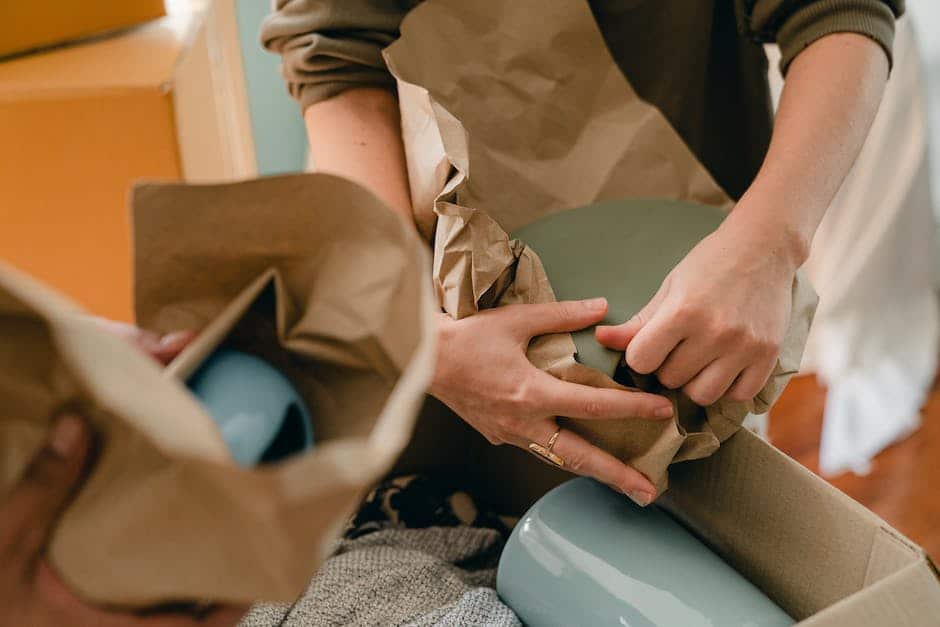
Converting fluid volumes into weights is an important concept when it comes to knowing how much liquid you have in a given container. You will come across this information throughout the science, technology, and math (STEM) fields as well as health and fitness.
Converting fluid volumes to masses requires knowledge of two different variables: the density or concentration of the fluid and the size of the fluid vessel. Density is a measure of what we refer to as material composition, whereas the size refers to the area that the fluid covers.
Densities are usually determined using either water as a reference or another fluid with a known density such as sugar or milk. We can then calculate the density of the fluid being measured by multiplying its density by the amount of space in the same size container that it takes up.
Conversion of volume to capacity
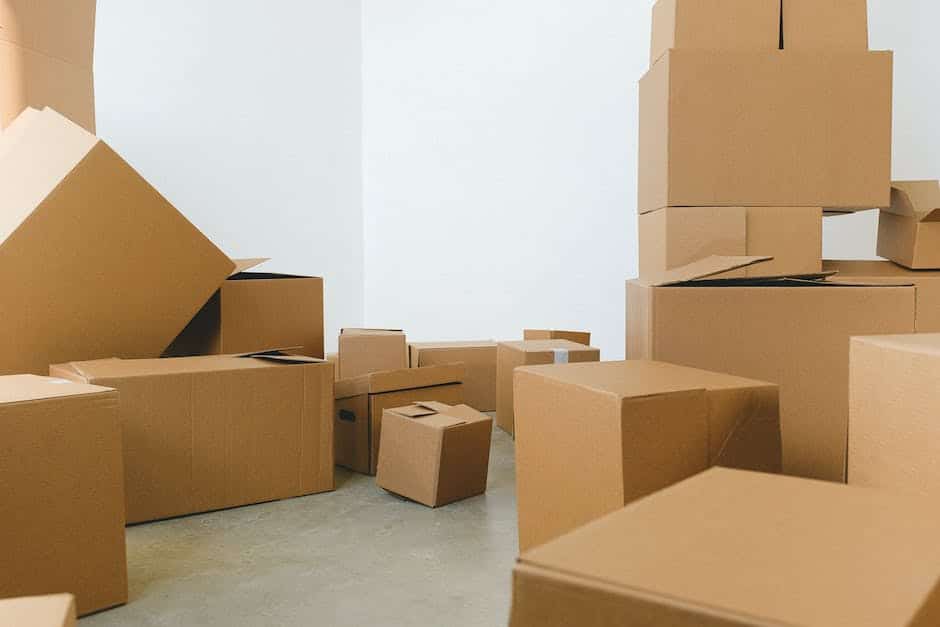
Let’s look at an easy way to work out how many litres of liquid you have in a given container. All you need to know is the ratio between two different sized fluid containers, which we will call vessels A and B. Then, simply divide the number in vessel B by the number in vessel A to find the equivalent amount in vessel A that has been replaced with vessel B.
The ratio of these two numbers is what determines the conversion factor. For our example, let’s say there are 24 ounces (0.75 liters) in vessel A and there are 32 ounces (1 liter) in vessel B. The ratio of these two amounts is therefore 0.75 to 1 or one-third of the total amount in vessel A is equal to the whole amount in vessel B.
So if you had a bottle containing 24 ounces of water, then it would hold three glasses full of water! Or if you poured all 32 ounces into your cup, it would be completely filled up as well.
If you want to calculate how much space something takes up, just multiply the length of time you use it for by the volume per unit and then add those together.
Interchangeable volume and weight
The most common way to measure fluid volumes is via what’s called the imperial system, which was adopted as our standard of measurement back in 1832!
The imperial system uses two different units to describe fluid size: gallons and pints. A gallon equals 4 quarts and 1/2 pint.
A quart is 3% more than a liter, so a gallon is almost exactly one US gallon (0.83 liters) or 0.79 Imperial gallons.
A pint has been defined as 5 cups, but because we don’t have exact measurements for cup sizes at that time, people made their own rules about how many cups are in a pound. Some say it’s just under five pounds per quarter, while others round up to six. It comes out to be 2½ inches or 65 mL per US pint and 1¼ inch or 32 mL per imperial pint.
This article will use the smaller number conversion unless otherwise stated? This makes it easier to compare liquid amounts across drinks, recipes, and fluids.
Applying the volume conversion factor
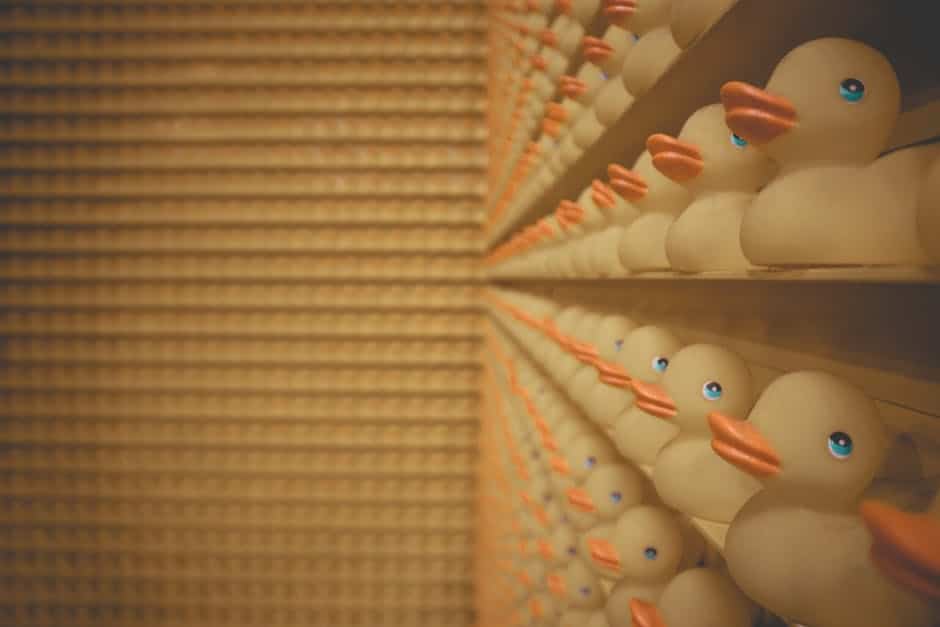
The next step is to find out how many quarts of your favorite drink you have by multiplying the amount in ounces times the conversion factor for gallons.
The conversion factor for one gallon of any liquid is 0.854. This means that if you have 2 ounces (one tablespoon) of liquid, it will equal one quart. If you have 4 tablespoons of liquid, then it will also be one quart!
You can use this ratio to check yourself or someone else’s alcohol intake. For example, if you want to know how much beer she drank, just multiply her bottle size by 0.
Applying the weight conversion factor
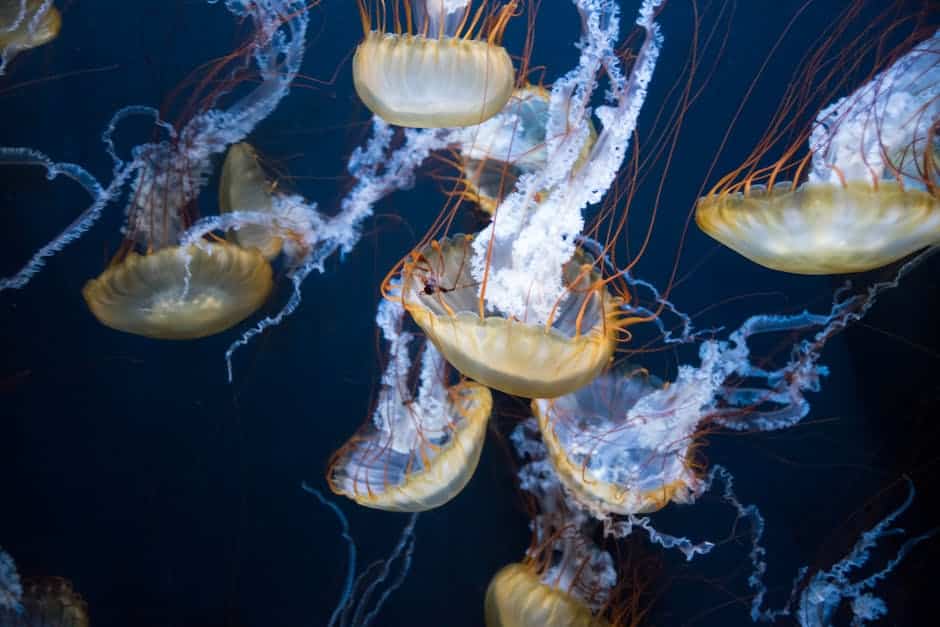
So how many quarts in a gallon you should have depends on what type of drink you are making and what size container you use to hold the liquid. To find this out, we will apply the weight conversion factor!
The weight conversion factor is just a number that determines how much weight one ounce (our normal term for one teaspoon) equals in terms of volume or space. For example, if you were baking a cake then you would need two cups of butter per batch of the recipe which means 2 ounces of butter make up one cup.
So if you wanted to know how many quarts in a gallon your bottle of water can fill you just multiply the amount of water by the ratio of one ounce of fluid = one quarter of a cup.
Calculating the number of quarts in a gallon
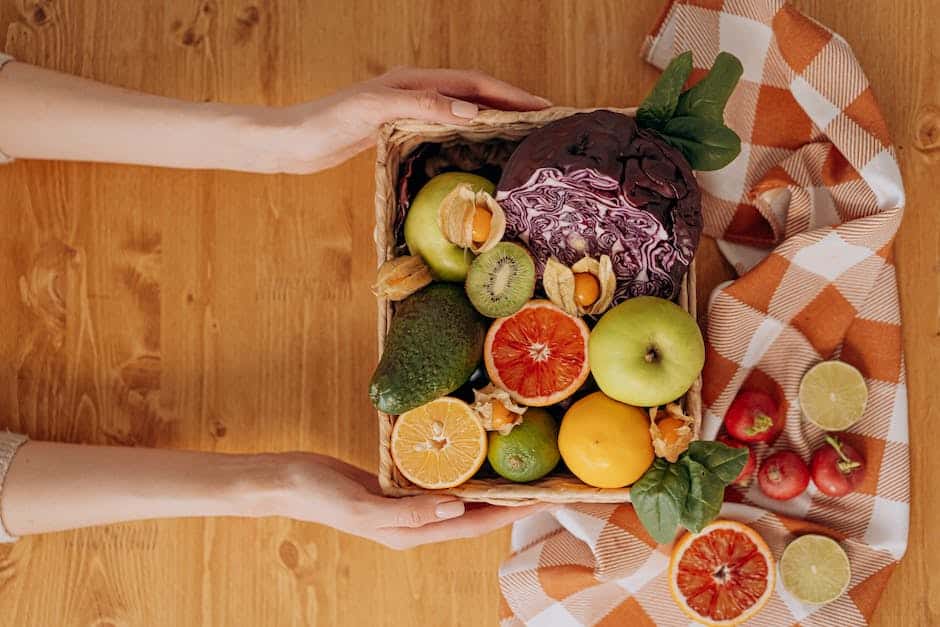
To calculate how many qt-sage in a gallon, you need to know what a quart is! A quart is just one fourth of a liter or 0.946 fluid ounces. The word “quart” comes from the old French term for fourteenth which makes sense because that is how much water one would get in one quarter of a liter.
So if you wanted to know how many times as many sage leaves in a half gallon bag as there are inches in two feet, you could simply divide 22 by 4 to find out how many bags of sage we have per foot in our container!
If you like learning about math and science, try looking into it more.
Quarts, pints, and liters

There are 2 main types of fluid containers- quants and meters. Quantities like one gallon or five gallons are quants. Meters are things that measure how much liquid you have, such as cups or glasses.
You can mix liquids together to find out what volume they make. For instance, two cups of water equals one cup of plain old H2O. Two glasses of milk makes one glass of milk!
When talking about fluids, you will sometimes come across the word pint. A pint is equal to 4 quarts which we already know from before. That is why there are always references to having enough quart bottles for x months because it is calculated by multiplying four times the amount of time for each bottle.
The same goes for liquid measurements such as half a gallon, three quarters of a gallon, etc.
Mixing drinks correctly

There are two ways to determine how many quarts of any liquid you have. The first is by multiplying your volume times three, and the second is by dividing your volume by five. Let us do an example with water!
If you want to know how many gallons of water you have, then multiply your volume (the amount of space it takes up) times 3. So if you had one glass of water, that would be one unit of measure of volume. Then, add all those units together and divide the total by 5 to get your number of gallons.
So, if we did this with one cup of water, our answer would be one cup multiplied by three, which equals two cups and then divided by five, which comes out to equal one and a half gallons of water!
This process can also be done in reverse. If you wanted to find how much one gallon of water costs, just subtract 1.5 from one, which will give you 0.6 for the price per gallon.

